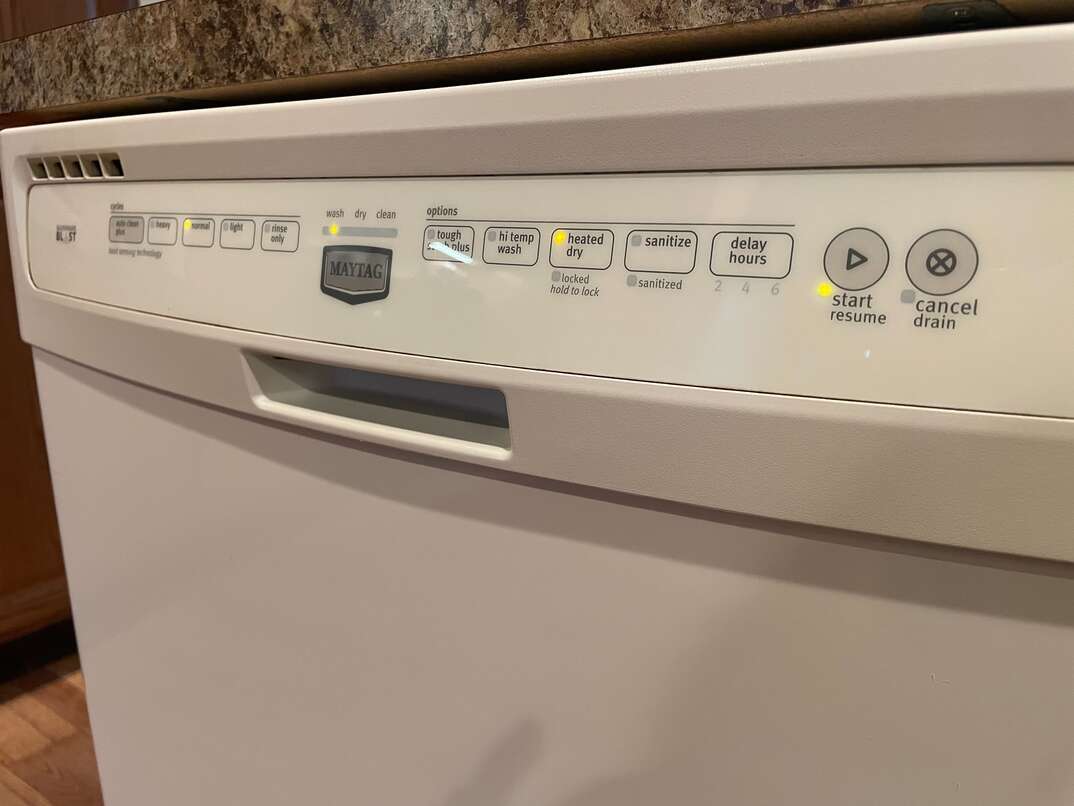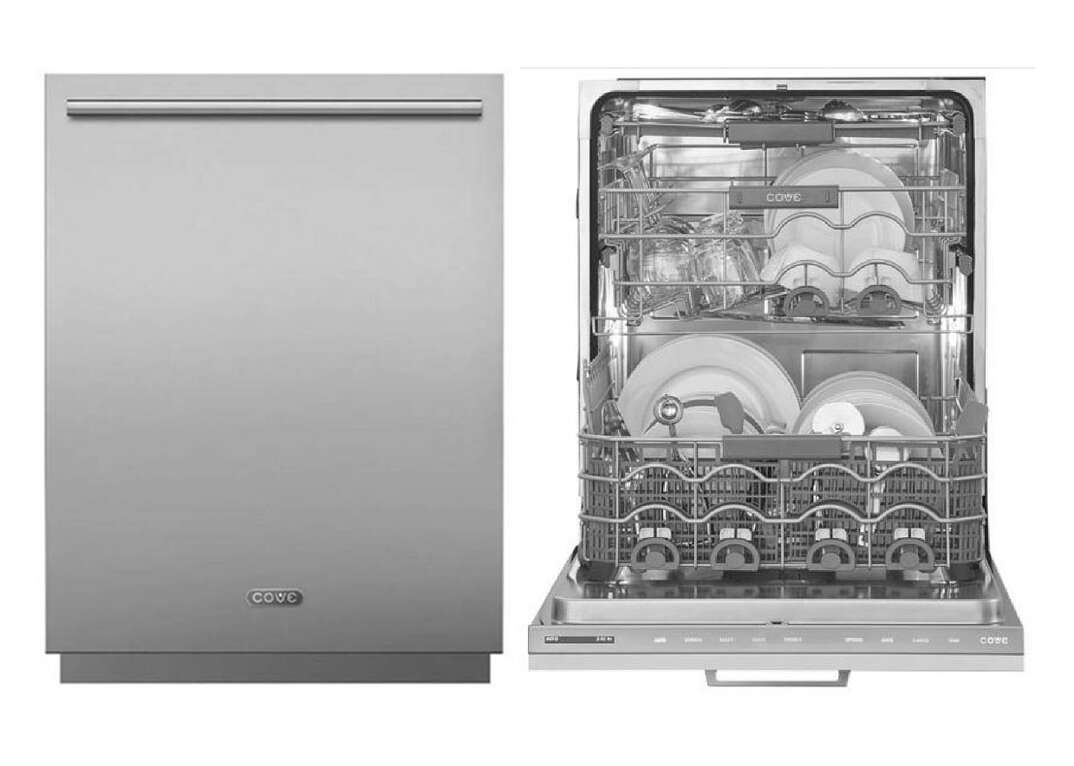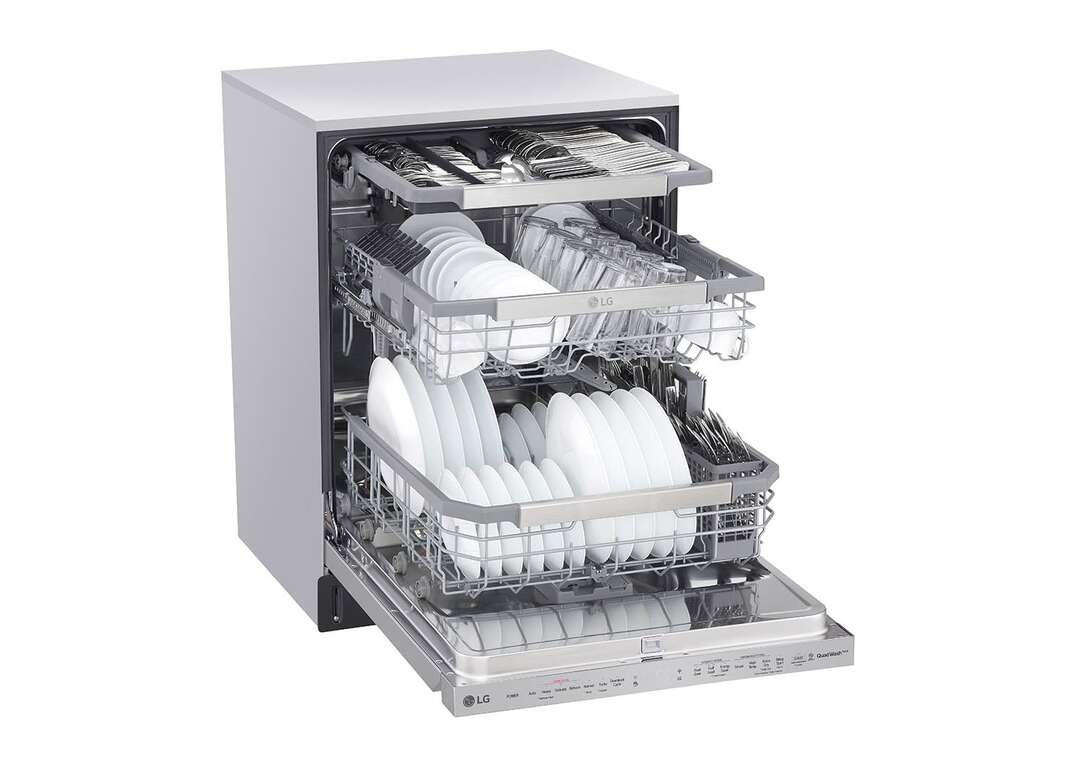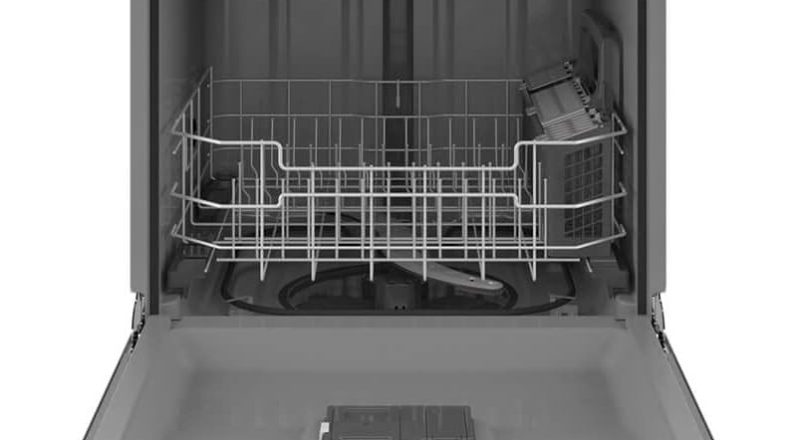Introduction
Understanding the temperature inside a dishwasher is essential for achieving clean and sanitized dishes. The high heat levels generated during a dishwasher cycle help dissolve and remove food particles, grease, and bacteria, ensuring excellent cleaning results. In this comprehensive guide, we will explore the temperature ranges inside a dishwasher throughout different stages of the wash cycle. From prewash and main wash to the rinse and drying cycles, we will provide specific details on the heat levels and their importance in attaining hygienic and spotless dishes.

The Temperature Inside a Dishwasher: Exploring the Heat Levels
I. Prewash: Initial Rinse and Softening
-
Preliminary Rinse:
- During the prewash stage, the dishwasher fills with water, typically around 120°F (49°C), which is a comfortable and effective temperature for initial rinsing. This rinse helps soften and moisten the food residues prior to the main wash phase.
-
Soaking and Softening:
- As the dishwasher proceeds through the prewash stage, it allows a few minutes of soaking time to further soften tough stains and dried-on food particles. The warm water, combined with dishwasher detergent or enzyme-based additives, helps break down and loosen debris before the main wash cycle begins.
II. Main Wash: The Cleaning Power Unleashed
-
Hot Water Boost:
- Once the prewash stage is complete, the dishwasher moves to the main wash cycle where the water temperature rises significantly. The temperature during the main wash typically reaches around 140°F (60°C) to 160°F (71°C), although it can vary depending on the dishwasher model and user settings. This hotter water temperature enhances the cleaning process by efficiently dissolving grease, oils, and food residues.
-
Detergent Activation:
- Alongside the increased water temperature, the main wash cycle introduces dishwasher detergent. The combination of hot water and detergent creates a powerful cleaning solution that helps break down and remove stubborn stains, ensuring thorough cleanliness of your dishes.

III. Rinse Cycle: Removing Residual Detergent and Debris
-
Fresh Water Intake:
- During the rinse cycle, clean, heated water (typically around 140°F/60°C) is introduced to remove any remaining detergent residue from the dishes. This helps prevent spotting or streaking and ensures the dishes are thoroughly rinsed.
-
Final Rinse Temperature:
- The final rinse stage, which follows the rinse cycle, helps sanitize the dishes and remove any remaining bacteria or germs. The water temperature during the final rinse is typically higher than during the rinse cycle, reaching temperatures around 160°F (71°C) to 170°F (77°C). This elevated temperature aids in killing bacteria, providing hygienic and safe dishware.
IV. Drying Phase: Evaporating Excess Moisture
-
Heat for Effective Drying:
- The drying phase of the dishwasher cycle involves the application of heat to evaporate any remaining moisture on the dishes. This heat is typically provided by an electric heating element. The drying temperature inside a dishwasher can reach up to 160°F (71°C) to 180°F (82°C), ensuring rapid evaporation and leaving dishes dry and ready for use or storage.
-
Condensation Drying:
- Some dishwashers utilize a condensation drying method, particularly in energy-efficient models or those equipped with stainless steel tubs. Instead of using high heat, these dishwashers rely on the natural cooling process and the stainless steel surfaces to help condense moisture on the dishes and drain it away.
V. Safety and Efficiency Considerations
-
Safety Measures:
- Dishwashers are designed with safety features to prevent extreme heat from damaging sensitive items or causing injury. Temperature sensors and controls are implemented to maintain safe operational temperatures throughout the cycle.
-
Energy Efficiency:
- Dishwashers often feature energy-saving options, such as temperature sensors and eco-friendly wash cycles, to optimize energy consumption. These settings may lower the water temperature or extend cycle times while maintaining effective cleaning performance.

VI. Monitoring and Adjusting Heat Settings
-
User-adjustable Settings:
- Some dishwashers offer user-adjustable temperature settings to suit individual preferences or accommodate delicate items. Checking the owner’s manual or control panel settings can help you identify and adjust the heat levels according to your specific needs.
-
Water Heater Settings:
- The temperature inside a dishwasher is influenced by the temperature of the water supplied by your water heater. Setting the water heater to a higher temperature (typically between 120°F/49°C and 140°F/60°C) can ensure that the dishwasher receives adequately hot water during the various stages of the wash cycle.

Tips for Optimizing Dishwasher Performance
-
Proper Loading:
- To optimize dishwasher performance and maximize the effectiveness of heat, ensure proper loading of dishes. Arrange items in a way that allows water and heat to reach all surfaces easily. Avoid overcrowding, which can impede water circulation and hinder efficient cleaning.
-
Scraping and Pre-Rinsing:
- While modern dishwashers are designed to handle dirty dishes, it is still important to scrape off large food particles before loading them. However, pre-rinsing dishes is generally not necessary and can even impact cleaning effectiveness as some dishwashers rely on food particles for sensors to determine cleaning progress.
-
Regular Maintenance:
- Regular maintenance of your dishwasher, including cleaning the filter, spray arms, and the interior, helps optimize its performance. A clean dishwasher with unobstructed spray arms ensures proper water circulation and efficient heat distribution.
-
Use Rinse Aid:
- Rinse aid is a helpful addition to the dishwasher cycle, especially for enhancing drying performance. It reduces water spots, promotes quicker drying, and helps the water sheet off dishes, leaving them spotless and virtually free of residue.
-
Check Water Temperature:
- Ensure that the water entering your dishwasher is at an adequate temperature. Verify that the water heater is set to a suitable setting (between 120°F/49°C and 140°F/60°C) to provide the dishwasher with sufficiently hot water, optimizing cleaning and sanitization.

VII. Conclusion: The Role of Heat in Dishwashing Effectiveness
The temperature inside a dishwasher plays a crucial role in achieving clean and sanitized dishes. From the initial rinse and soaking to the main wash and final rinse, hot water is essential for breaking down and removing grease, oils, and food residues effectively. The high heat also aids in killing bacteria and germs, ensuring hygienic dishware.
Understanding the temperature ranges throughout the dishwasher cycle allows you to make informed decisions regarding heat settings and water heater temperatures. Monitoring and adjusting these settings, along with following recommended maintenance and loading practices, contribute to obtaining optimal cleaning results while prioritizing safety and energy efficiency.
By harnessing the power of heat, dishwashers provide an efficient and convenient solution for maintaining the cleanliness of your dishware, reducing the need for manual washing, and leaving you with more time to enjoy your spotless and sanitized dishes.

